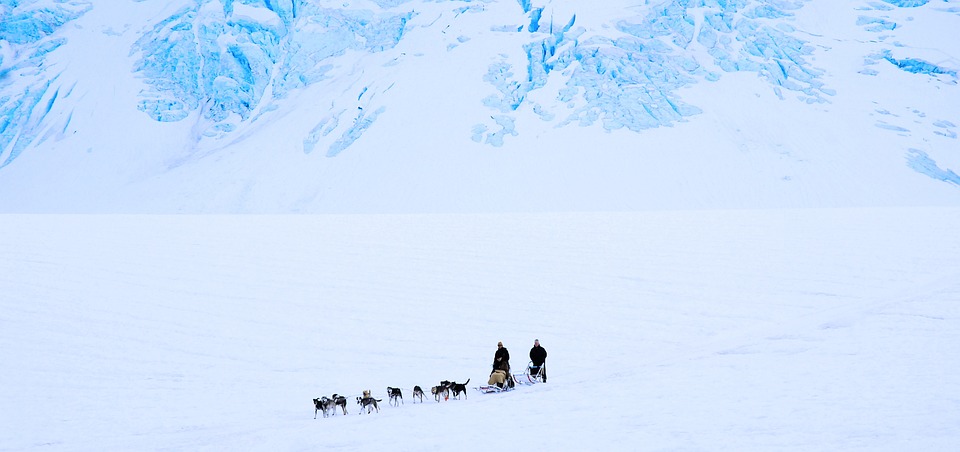Introduction
The Arctic Ocean is a unique and pristine ecosystem that is home to a wide variety of marine life, including polar bears, seals, and whales. However, this fragile environment is facing increasing threats from climate change, overfishing, pollution, and oil and gas exploration. In response to these threats, conservation efforts have been implemented to protect the Arctic Ocean and its inhabitants. In this article, we will explore some of the conservation efforts being made to protect the Arctic Ocean, as well as the challenges that are being faced in this endeavor.
Conservation Efforts
Marine Protected Areas
One of the key conservation efforts being made to protect the Arctic Ocean is the establishment of marine protected areas (MPAs). MPAs are designated areas of the ocean where human activities are restricted in order to conserve and protect marine ecosystems. In the Arctic, MPAs help to protect important habitats for marine species, such as breeding grounds for seabirds and feeding areas for whales. These protected areas also help to mitigate the impacts of climate change by providing refuge for vulnerable species.
Reducing Overfishing
Overfishing is a major threat to the Arctic Ocean, as it can deplete fish populations and disrupt entire marine ecosystems. In order to combat overfishing, sustainable fishing practices have been implemented in the Arctic. This includes setting catch limits, implementing seasonal closures, and using fishing gear that minimizes bycatch. By reducing overfishing, we can help to ensure the long-term health and sustainability of Arctic marine life.
Addressing Climate Change
Climate change is the single biggest threat to the Arctic Ocean, as rising temperatures are causing the ice to melt at an unprecedented rate. This not only impacts the habitats of Arctic species, but also disrupts the food chain and ecosystem dynamics. Conservation efforts to address climate change in the Arctic include reducing greenhouse gas emissions, promoting renewable energy sources, and adapting to changing environmental conditions. By addressing climate change, we can help to protect the Arctic Ocean and its inhabitants for future generations.
Challenges
International Cooperation
One of the biggest challenges in protecting the Arctic Ocean is the lack of international cooperation. The Arctic is a region that is governed by multiple countries, each with their own interests and priorities. This can make it difficult to implement effective conservation measures, as cooperation is needed across borders to address shared challenges. Efforts to protect the Arctic Ocean must involve collaboration between countries, as well as engagement with Indigenous communities and stakeholders.
Oil and Gas Exploration
Oil and gas exploration in the Arctic poses a significant threat to the marine environment, as it can result in oil spills, habitat destruction, and pollution. Despite the risks, oil and gas companies continue to seek opportunities for exploration in the Arctic, putting the fragile ecosystem at risk. Conservation efforts to protect the Arctic Ocean must address the impacts of oil and gas exploration, and advocate for sustainable alternatives to fossil fuels.
Illegal Fishing
Illegal fishing is another challenge facing the Arctic Ocean, as it can result in overfishing, habitat destruction, and the depletion of fish stocks. The remote and vast expanse of the Arctic Ocean makes it difficult to monitor and regulate fishing activities, making it an attractive target for illegal fishing operations. Conservation efforts to combat illegal fishing in the Arctic include strengthening enforcement measures, promoting transparency in the seafood supply chain, and working with local communities to prevent poaching.
Conclusion
Protecting the Arctic Ocean is a critical task that requires the collaboration and cooperation of governments, organizations, and individuals around the world. Conservation efforts such as establishing marine protected areas, addressing climate change, and reducing overfishing are essential for safeguarding the Arctic ecosystem and its inhabitants. However, there are still challenges to overcome, including international cooperation, oil and gas exploration, and illegal fishing. By working together and taking action to protect the Arctic Ocean, we can help to preserve this unique and invaluable ecosystem for generations to come.
